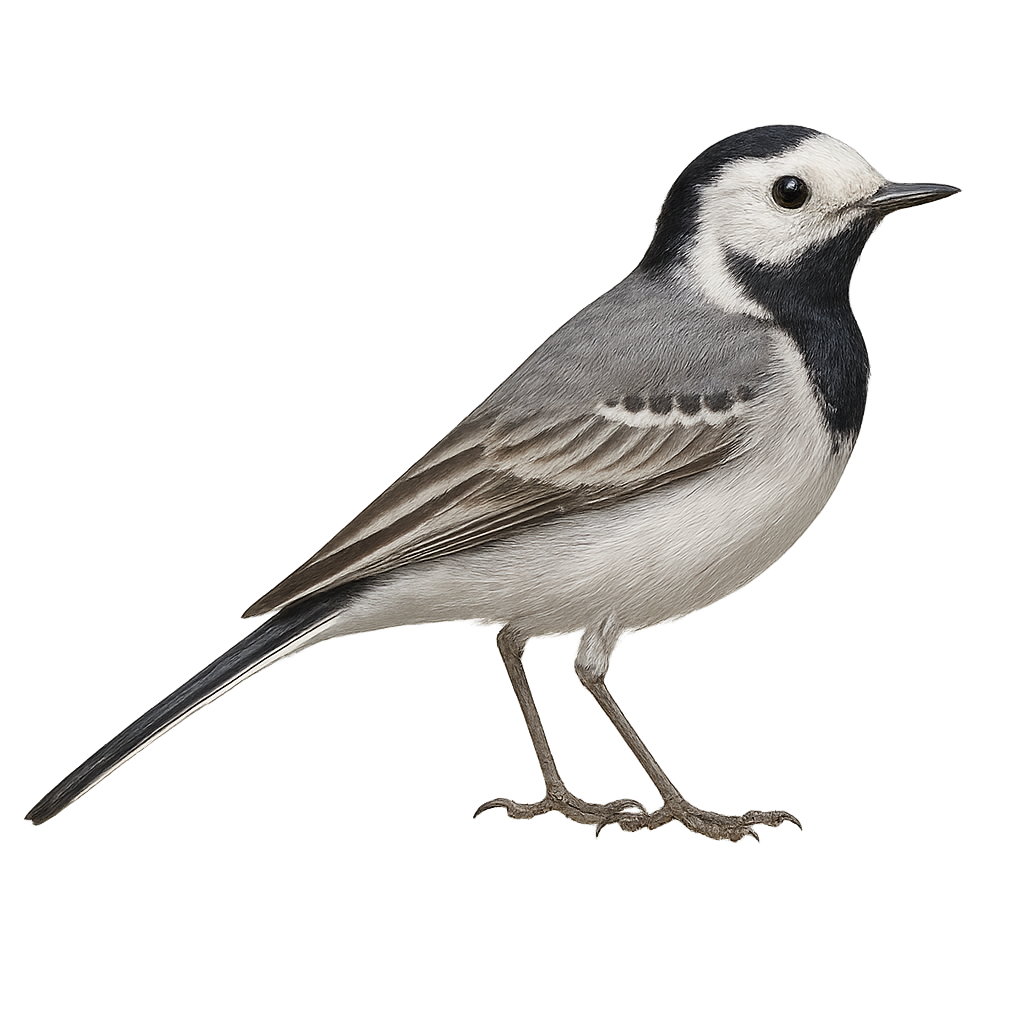Your wildlife photography guide.
Explore the white wagtail in detail, study its behavior, prepare your shots.
Where to observe and photograph the white wagtail in the wild
Learn where and when to spot the white wagtail in the wild, how to identify the species based on distinctive features, and what natural environments it inhabits. The WildlifePhotographer app offers tailored photography tips that reflect the white wagtail’s behavior, helping you capture better wildlife images. Explore the full species profile for key information including description, habitat, active periods, and approach techniques.
White wagtail
Scientific name: Motacilla alba

IUCN Status: Least Concern
Family: MOTACILLIDAE
Group: Birds
Sensitivity to human approach: Suspicious
Minimum approach distance: 10 m
Courtship display: March to June
Incubation: 11-14 jours
Hatchings: March to July
Habitat:
Open areas, riverbanks, open fields
Activity period :
Primarily active during the day, with peak activity in the morning and late afternoon.
Identification and description:
The white wagtail is a small passerine bird found primarily in open areas such as fields, roadsides, and riverbanks across Europe and Asia. It is easily recognized by its black and white plumage and distinctive wagging tail, especially when it runs or forages on the ground. This small bird primarily feeds on insects and small invertebrates, which it captures while running or rummaging through low vegetation.
Recommended lens:
300 mm – adjust based on distance, desired framing (portrait or habitat), and approach conditions.
Photography tips:
Photograph the white wagtail using a telephoto lens to capture its quick movements and ground foraging behavior. It is best to photograph early in the morning or late in the afternoon when the light is soft and the bird is more active. Be ready to capture a moment when the bird is foraging or running on the ground, with its tail often raised.
The WildlifePhotographer App is coming soon!
Be the first to explore the best nature spots, track rutting seasons, log your observations, and observe more wildlife.
Already 1 429 wildlife lovers subscribed worldwide

